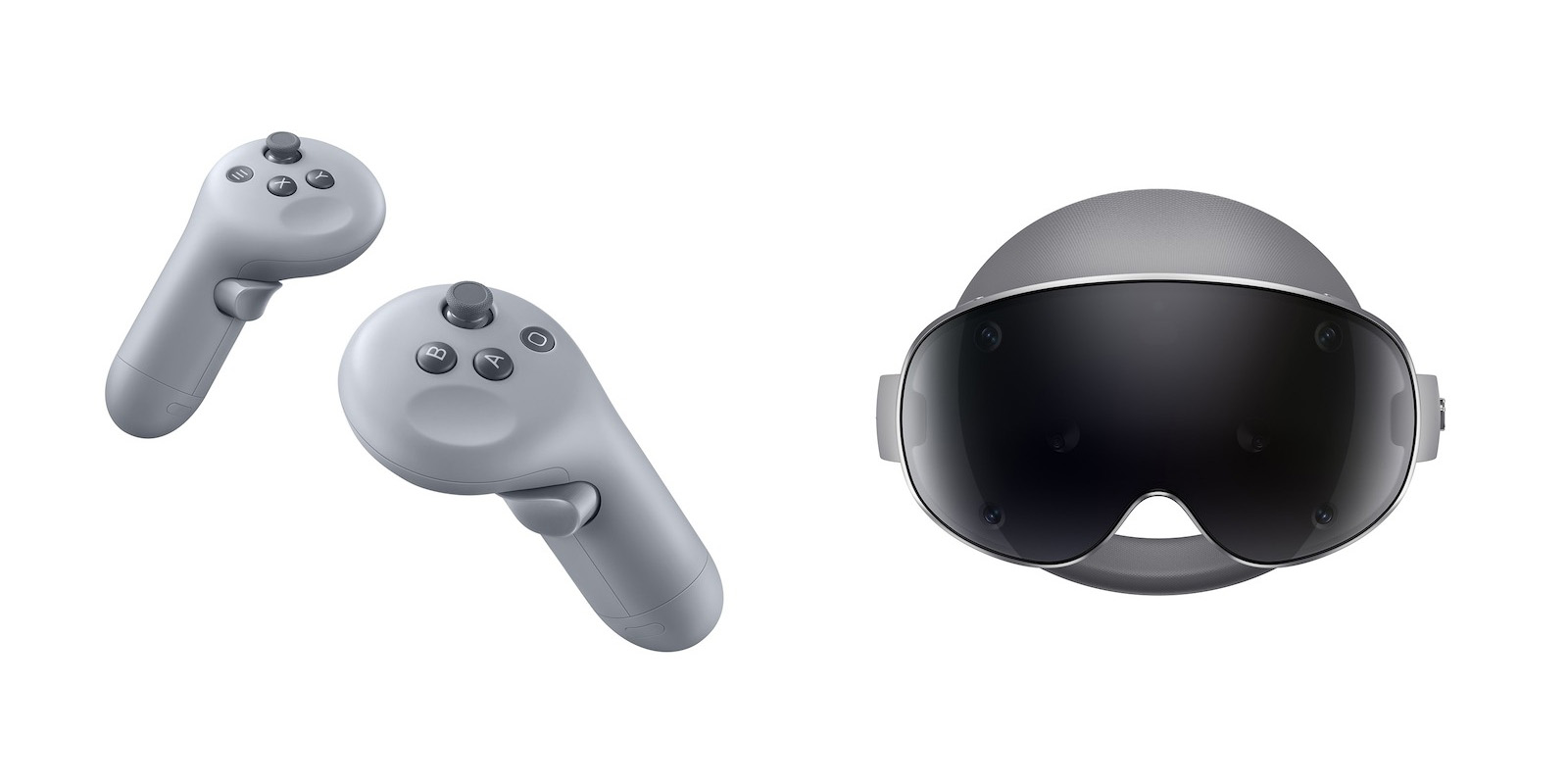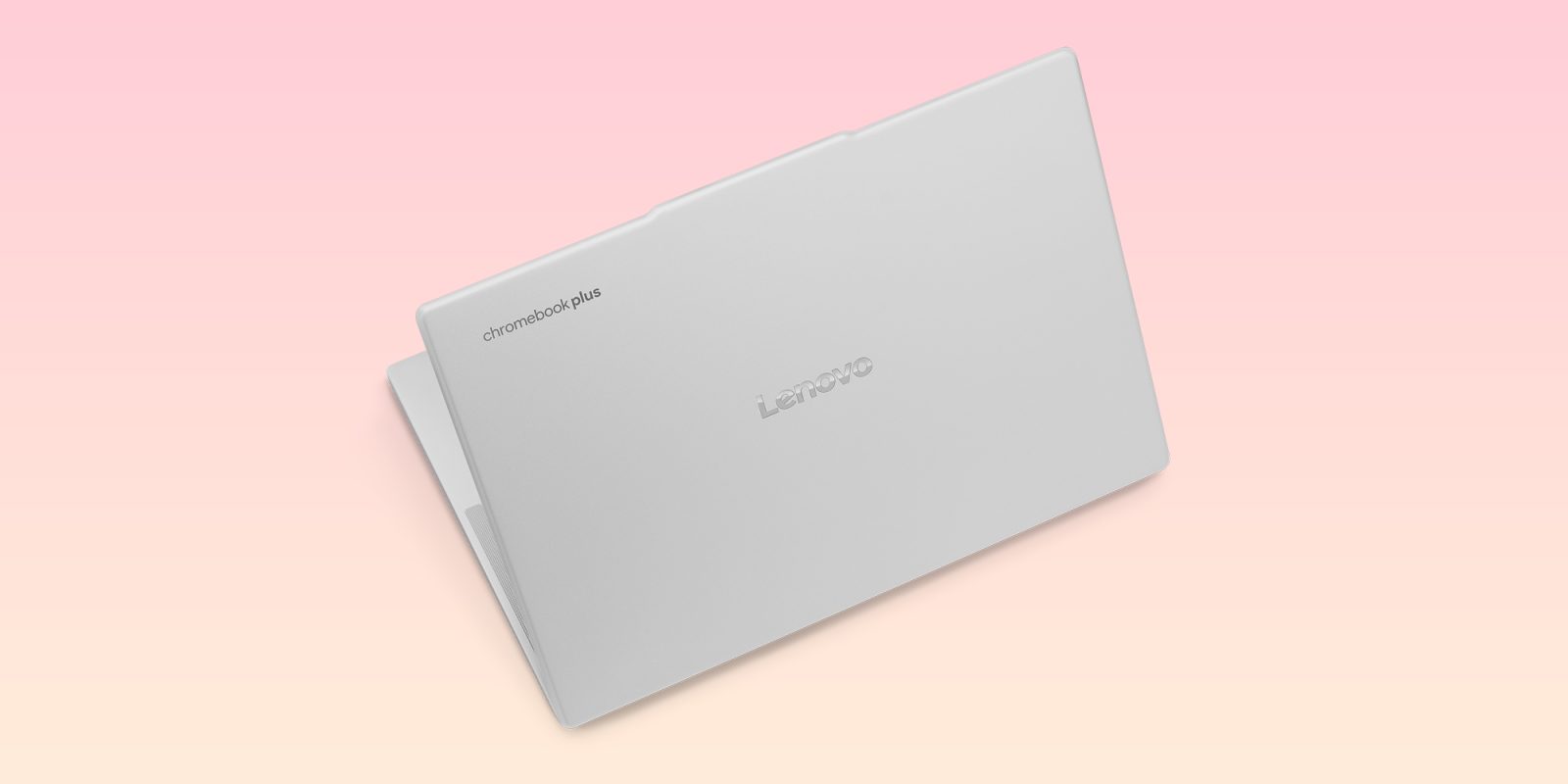Samsung has recently unveiled its Galaxy XR headset, marking a significant milestone as the first Android-based extended reality (XR) device. Priced at $1,799, the Galaxy XR positions itself as a more affordable alternative to Apple’s Vision Pro. However, the pricing of its accessories has sparked considerable discussion among consumers and industry observers.
The Galaxy XR Headset: An Overview
Formerly known as Project Moohan, the Galaxy XR headset offers deep integration with Gemini, providing users with access to a vast library of tablet applications from the Play Store. Additionally, it boasts a variety of XR experiences from partners such as Calm, Fox Sports, and MLB. Despite its impressive features, the headset’s accessory pricing has become a focal point of debate.
Controllers: Functionality and Cost
To enhance the XR experience, Samsung has introduced a pair of wireless controllers designed for the Galaxy XR. These controllers are priced at $250 each, totaling $500 for the pair. This pricing is notable, especially when compared to competitors. For instance, Meta’s Quest 3S includes a pair of controllers with the base unit, and replacement controllers are available at $75 each, amounting to $150 for a pair.
Samsung describes the controllers as follows:
> Enjoy intuitive remote control on Galaxy XR using the dual VST Controllers. Equipped with 6 DoF tracking technology and analog sticks, the Controllers deliver precise interactions in the 3D space for enhanced experiences.
> Immerse yourself in exciting gaming and captivating content with the Galaxy XR Controllers. Haptic feedback lets you experience tangible Controller responses when you are in the middle of an action-packed playthrough so you can feel every moment on the way to victory.
Without these controllers, users are limited to hand and eye tracking for interaction, which may not provide the same level of precision or immersion.
Travel Case: Design and Pricing
In addition to the controllers, Samsung offers a Galaxy XR Travel Case priced at $250. The case is designed to house the headset and its in-box items securely. Samsung’s description of the case states:
> Galaxy XR Travel Case keeps your device and its in-box items all in one place so they’re at the ready when you need to use them. Thanks to the optimal internal structure, each part fits right into place for simple and convenient storage.
This pricing is particularly striking when compared to Apple’s Vision Pro case, which is priced at $200, $50 less than Samsung’s offering.
Consumer Reactions and Market Implications
The combined cost of these accessories adds an additional $500 to the initial $1,799 price of the Galaxy XR headset, bringing the total investment to $2,299. This has led to discussions about the overall value proposition of the device, especially when considering the accessory pricing in relation to competitors.
To mitigate some of the concerns, Samsung is offering a 30% discount on either accessory when purchased alongside the headset. Additionally, customers who reserved the device ahead of time can apply a $100 credit towards these accessories.
Conclusion
While the Galaxy XR headset introduces a significant advancement in Android-based XR technology, the pricing strategy for its accessories has raised questions about affordability and value. As the XR market continues to evolve, it remains to be seen how consumers will respond to these pricing decisions and how they will influence the competitive landscape.



